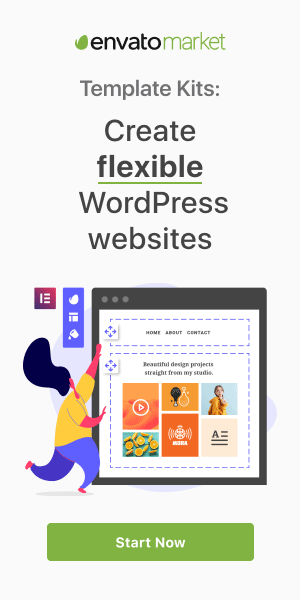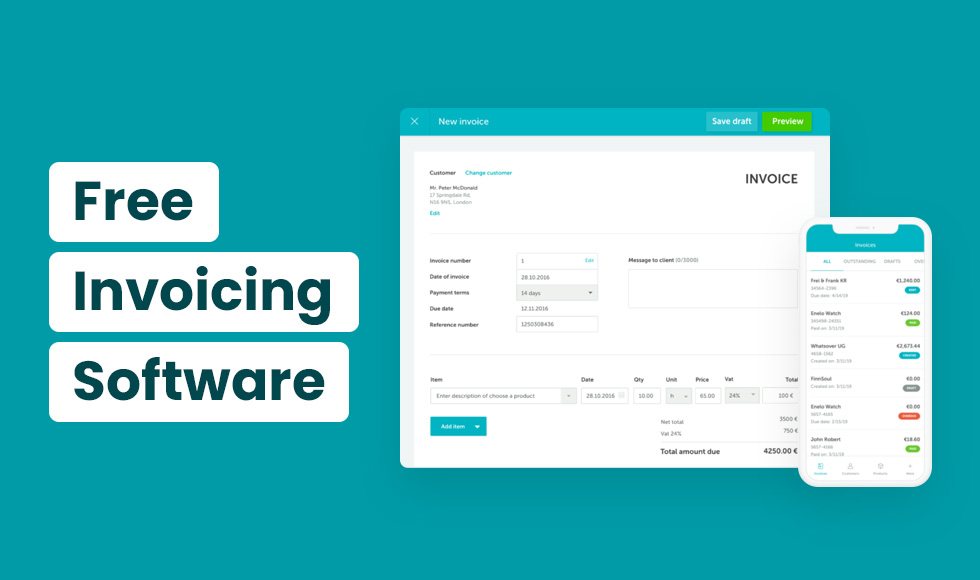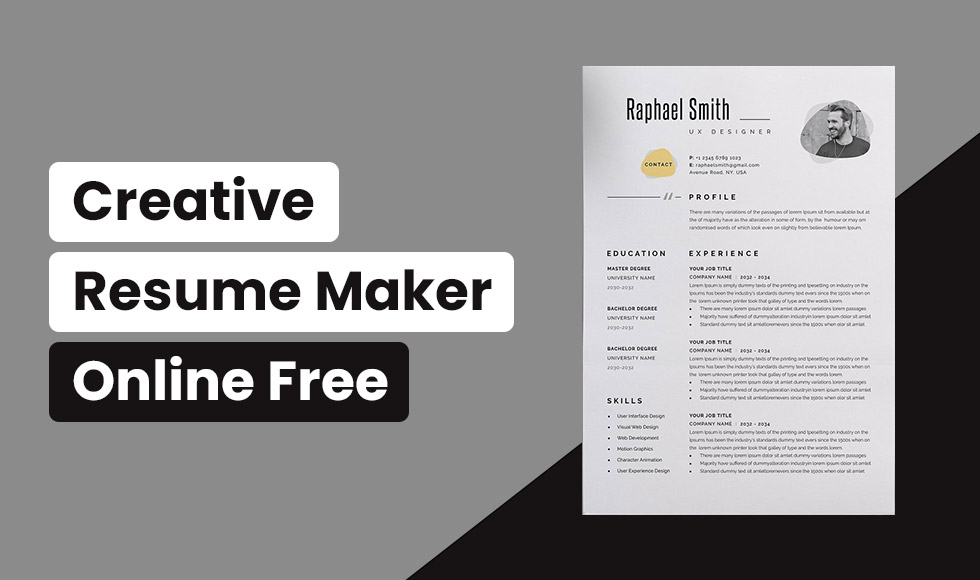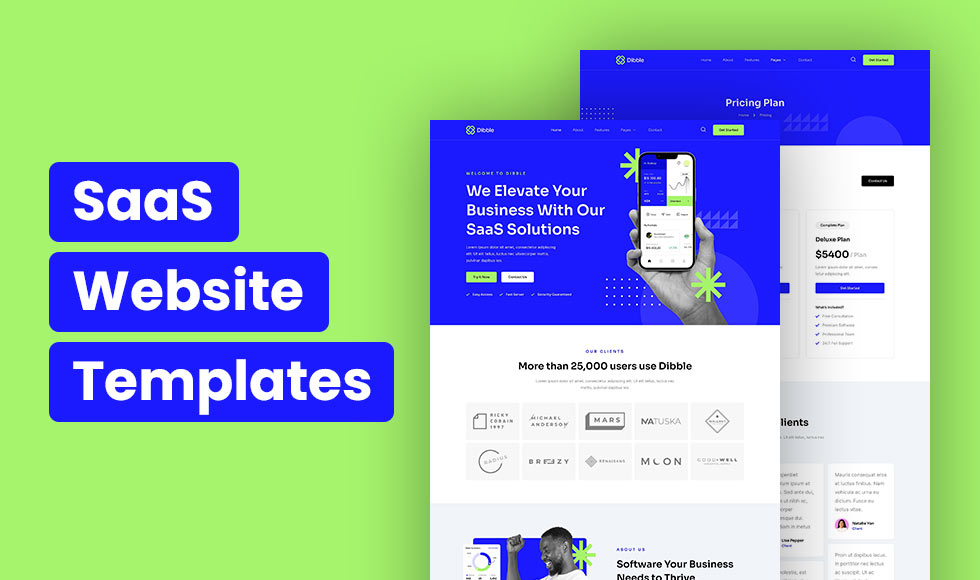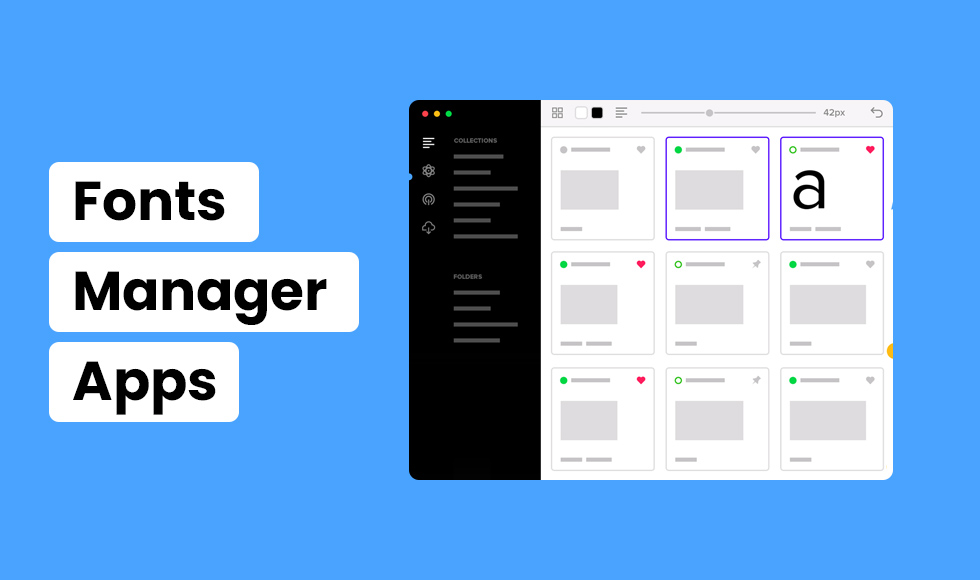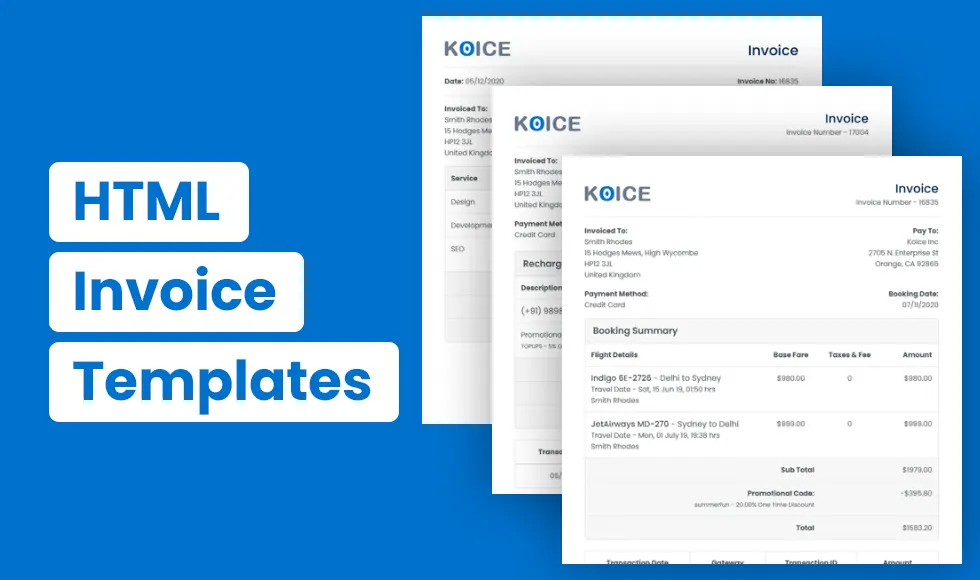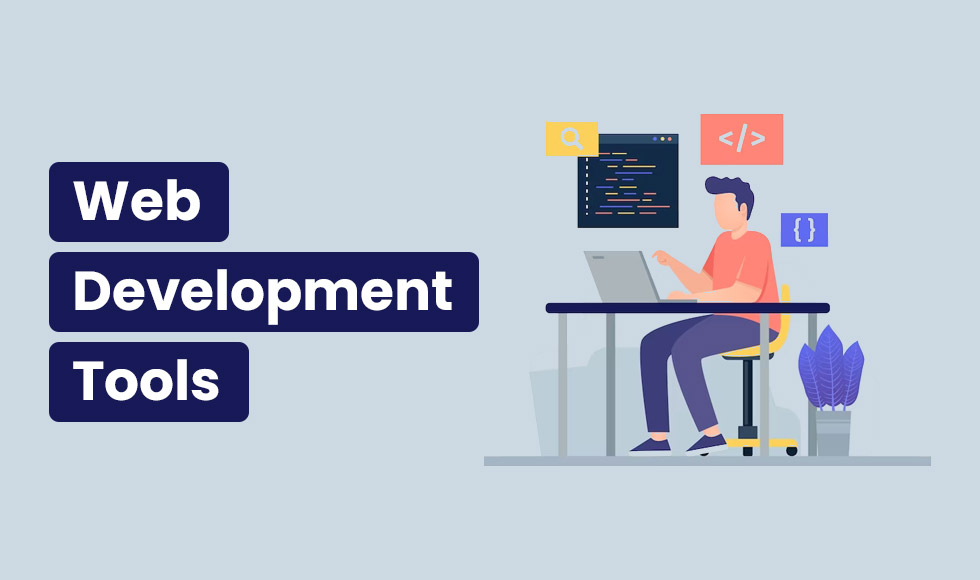Over the past decade, Laravel has rapidly emerged as one of the most popular open-source PHP web frameworks. The elegant expressiveness of Laravel, robust ecosystem of tools, and versatility in building web applications have attracted a huge community of developers.
As we move into 2023, exciting new trends are emerging around Laravel that will shape how modern web and mobile apps are built. In this piece, we will do a roundup of the top Laravel developments that developers should anticipate this year.
Before diving into the trends, let’s do a quick primer on why Laravel is widely adopted:
- Eloquent ORM makes it effortless to work with databases using fluent, expressive syntax. Defining models and relationships is intuitive.
- Built-in authentication scaffolding via make:auth allows rapidly building application signup, registration and authorization flows.
- Powerful routing engine enables defining application endpoints and controllers with a minimal amount of code.
- Robust front-end scaffolding via Laravel Mix, which provides a clean API over Webpack for compiling assets using Laravel Elixir.
- Easy job scheduling and queuing out-of-the-box. Add redis or database drivers seamlessly.
- Expressive database migrations make evolving the schema simple and repeatable.
- Composer package management keeps all dependencies up-to-date. Build on Packagist’s expansive library ecosystem.
- Blade templating syntax results in cleaner, more readable views. Caching avoids performance overheads.
- Testing suite and companion testing tools like Dusk provide solid foundation for TDD.
- Simplified deployment via Laravel Forge and Envoy provides streamlined CI/CD.
Laravel’s vast ecosystem of packages, tutorials, and guides allows developers to quickly find solutions to common problems. Leading SaaS companies like GitLab, Envoyer, StyleCI and others themselves use Laravel extensively.
The latest major release Laravel 9 continues the trend of incremental improvements while maintaining stability and backwards-compatibility.
Now let’s examine some of the trends in Laravel development that will gain traction in 2023.
Top Laravel Development Trends to Anticipate in 2023
Laravel Octane Adoption For Performance at Scale
As web applications grow and usage scales up, performance and reliability become critical. PHP’s default FPM approach can result in poor efficiency under high load.
This is where Laravel Octane shines. Released in 2021, Octane allows Laravel apps to tap into the high-performance concurrency of the Swoole PHP extension and RoadRunner.
By leveraging multiple worker processes via Swoole, Octane enables handling multiple requests concurrently at native PHP speeds. APIs and dynamic sites can now support vastly more users.
Under the hood, Octane boots your app code once then reuses across worker processes, avoiding redundant bootstraping per request. Queued jobs are pushed asynchronously to RoadRunner avoiding queue blockage.
The resulting improvements in throughput and response times are dramatic. In benchmarks, applications running on Octane easily handle 3-10x more traffic compared to traditional PHP-FPM setups.
Laravel Octane delivers:
- Concurrent request handling unlocking multicore hardware potential
- Faster response for dynamic content and APIs requiring database/storage I/O
- Lower infrastructure cost for supporting spikes in user traffic
- Easier horizontal scaling without cache/queue coordination overheads
- Improved memory utilization – uses less RAM than Apache/NGINX
SaaS products, APIs, and consumer apps running Octane can comfortably support surges during launches, campaigns etc.
For CPU or database intensive workloads like data processing, Octane’s parallel execution capabilities are a game changer. Emerging web3 and blockchain projects can use it to efficiently power their decentralization layer.
With Octane simplifying scaling, expect its adoption to accelerate heavily in 2023.
Livewire Use Expanding For Full-Stack Laravel Apps
Modern web applications require complex user interfaces with dynamic elements, real-time updates, animations and interactions. This usually involves heavy usage of JavaScript frameworks like Vue, React or Alpine.js in addition to Laravel.
Constantly context switching between PHP and other languages imposes a cognitive load on developers. Here Livewire provides an elegant solution.
Released in 2019, Livewire allows building feature-rich interfaces using only Laravel and PHP. No need to create separate JavaScript/TypeScript layers. Livewire connects route handling, server-side rendering and frontend events into one highly productive workflow.
For example, complex UI logic can be encapsulated into reusable Livewire components. Components render markup directly from Laravel templates while automatically syncing updates via websockets. No manual DOM manipulation needed.
Javascript is used sparingly via component events for advanced interactions like drag and drop. Bulk of prototyping can be done rapidly in Laravel/Blade only.
Benefits include:
- Faster UI building leveraging existing Laravel skills
- Components encapsulate independent UI concerns
- Real-time updates using Websockets
- Interact via PHP methods instead of REST
- Lightning fast rendering with Turbo Streams
- Works with Tailwind CSS for styling
Livewire usage is growing rapidly among Laravel developers based on downloads and community traction. It unlocks huge productivity gains for building modern interfaces without JavaScript complexity.
In 2023, expect Livewire to disrupt how full-stack apps are built using Laravel. Its real-time component capabilities can power advanced dashboards, analytics, chat and collaboration features.
For web applications like e-commerce, CRM and analytics which require rich responsive experiences, Livewire is a game changer.
Laravel Sanctum For Lean Authentication
Authenticating user sessions is pivotal for modern web and mobile apps. Laravel ships with cookie-based auth out-of-the-box. But implementing standards-based token authentication required substantial boilerplate code.
Laravel Sanctum fills this gap with a simple JWT-based authentication system. It reduces complexity compared to OAuth2/OpenID flows.
With Sanctum, your SPA or mobile app can send authenticated requests to Laravel APIs using the user’s session cookie or API token:
Copy code
GET /api/reports
Authorization: Bearer
Sanctum handles verifying the token is valid using Laravel’s encryption mechanisms. No external OAuth servers to manage.
It provides built-in endpoints for login, registration, email verification, password reset and other flows. These extend Laravel’s auth scaffolding smoothly.
Benefits include:
- Reduces boilerplate code compared to OAuth2, OpenID
- Cookies integrate seamlessly with Laravel sessions
- Handles API token issuance and revocation
- Easy to scaffold via php artisan sanctum
- Supports Laravel Fortify for enhanced user management
As SPA and mobile usage grows exponentially, so will adoption of Laravel Sanctum in 2023. It neatly solves modern token authentication needs.
For exposing Laravel services to third-party apps, Sanctum’s API token support makes the process easy and secure. Sanctum will play a key role in accelerating API-driven architectures.
Embracing Serverless With Laravel Vapor
The traditional model of maintaining monolothic servers with unused capacity results in higher costs and management overheads. This is where Laravel Vapor and serverless architectures deliver value.
Vapor simplifies deploying Laravel applications to AWS Lambda’s functions-as-a-service model. Your app runs across a cluster of functions that auto-scale seamlessly based on demand.
Vapor handles all infrastructure provisioning, scaling, and availability using AWS CloudFormation. Each application runs isolated with its own set of functions and services.
The serverless advantages are compelling:
- No idle capacity, pay only for requests served
- Instant scale to thousands of concurrent users
- Microsecond startup times using Lambda functions
- Automated high availability across AZs
- Global deployment easily across AWS regions
- Integrated services like S3, RDS, Redis, SQS
As serverless matures in 2023, Vapor provides an easy pathway for Laravel developers. The pricing model is highly attractive for variable workloads.
For SaaS apps, on-demand scalability handles usage spikes during campaigns or events. By reducing ops overheads, developer productivity is improved significantly.
Startups can leverage Vapor to launch innovative products without upfront infrastructure costs. The combination of Laravel’s speed and Vapor’s agility is potent.
Laravel Nova Demand Growing For Admin Panels
A frequent need for business apps is the ability to manage database records and users through an admin UI. Laravel lacked a dedicated solution, causing developers to build custom admin tools.
Laravel Nova fills this gap elegantly. Released in 2018, Nova provides a code-driven, modular approach for building admin panels on top of Laravel.
For example, CRUD screens are generated automatically based on database schema. Custom views, actions, filters, and metrics can be added using simple code.
Nova also handles tedious tasks like authentication, authorization, notification alerts out-of-the-box. The UI adapts automatically based on user roles and permissions policies.
Benefits include:
- Rapid admin UI construction without repetitive CRUD work
- Beautiful tailwind css-based design with branding
- User admin and access control included
- Custom reports, actions, modals via Nova tools
- Metrics-focused dashboards using charts and cards
Nova has seen enormous adoption among the Laravel community since its launch. The ecosystem provides hundreds of ready tools and components to accelerate development.
Expect 2023 to witness Nova cementing itself as the defacto admin UI toolkit for Laravel apps. Developers are now realizing its power to massively boost productivity.
SaaS products and business apps can use Nova to rapidly build customer portals, billing systems, analytics etc.
Conclusion
Laravel’s exponential growth is a testament to its ability to evolve and build on community feedback. Performance improvements via Octane, full-stack capabilities using Livewire, simplified authentication with Sanctum, embracing serverless architectures and admin UI acceleration using Nova will come to define how modern Laravel applications are built using Laravel.
For new applications, Laravel’s scalability, robustness and developer velocity provides unmatched capabilities. For legacy PHP systems, Laravel provides an incremental pathway via its excellent interoperability. Its vibrant ecosystem ensures skills and solutions are abundantly available.
By anticipating these key trends, developers can craft future-proof architectures to delight customers. Exciting times lie ahead as Laravel continues pushing the boundaries of PHP web development.


